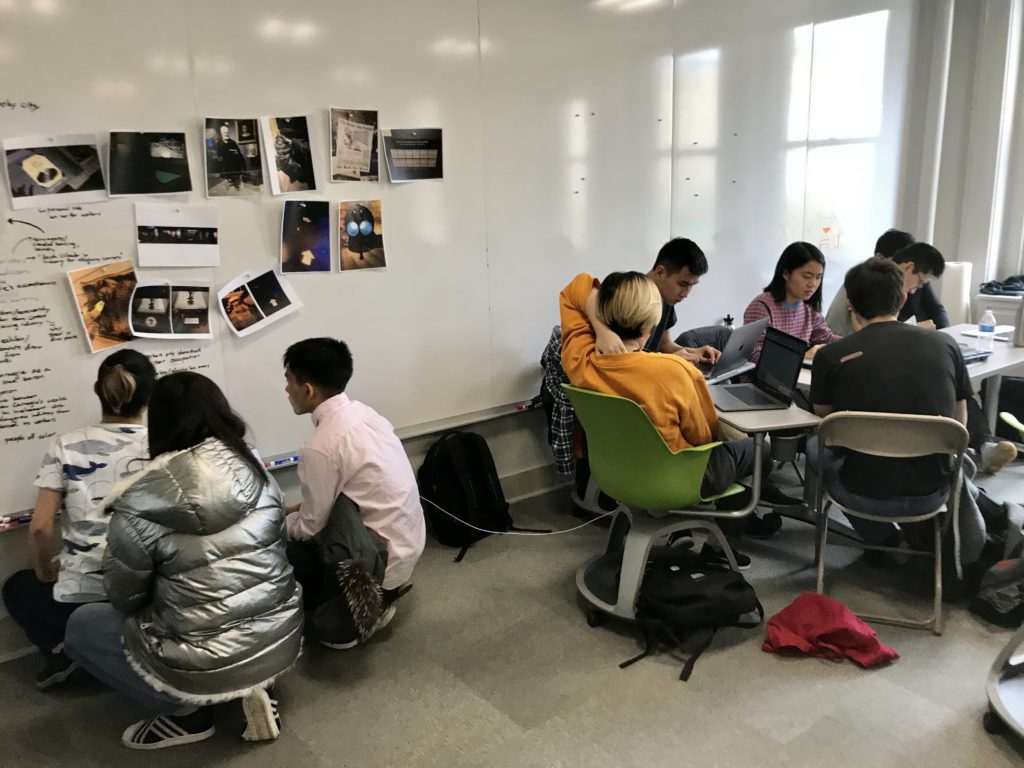For our fourth class, we dived into the field of discourse studies, to understand what a multimodal critical discourse analysis perspective could potentially offer us when looking at the world around us and the range and often subtle ways in which different persuasive techniques are being deployed. Through our class, we looked at the main concepts and ways in which it is possible to analyze texts, images and even the built environment looking at how the stories being told or arguments being made could be embedded with certain discourses that carry along particular ideologies behind them.
When adopting this critical perspective, deeper analysis or semiotic events may help us see how different power structures can easily be spotted especially if we pay attention to how social actors are represented.
To put these concepts into practice, we worked in groups by analyzing the elements and materials collected during our visit to the Heinz History Center Museum. Students were asked to pay attention at ways in which elements and people were being foregrounded or backgrounded, and how different actors were being excluded from the stories being told.
A very interesting discussion followed which helped notice how taking the time to do perform deeper analysis on objects, experiences and messages can depict “truth” or “realities” in ways that are not necessarily complete and, in particular, which may help reproduce certain systems of thought in ways that are subtle enough for us not to perceive them at a first glance.
Students working in groups:
A quick view of one of the worksheets we used to analyze the materials:




